Arm lift
Many patients struggle the problems of hanging skin on the arms. Sometimes it is a very small excess, sometimes so much that it is called "pelicans". Small overhangs can be done with liposuction followed by shrinkage with an argon plasma.
Excessive hanging of skin needs to remove skin and underlying fatty tissues. Each treatment is preceded by appropriate planning of skin cuts and tissue preparation. In this case, the incision is planned on the medial surface of the arm of varying length, depending on the extension of the excess skin, the reference sometimes starts from the elbow to ending at the armpit. The treatment is preceded by liposuction. Thanks to the liposuction procedure, we save the lymphatic networks within the arm and avoid persistent oedema, as in patients with removed armpit nodes during e.g., breast cancer. Liposuction can only include a fragment of the skin being removed, but it can be more extensive and retrieve other parts of the arm. The area of liposuction is selected individually for the patient. Several surgeons have taken this to prevent liposuction and excise the skin along with the entire thickness of the underlying subcutaneous and lymphatic vessels. The consequence of this procedure may be persistent leakage of lymph through the wound or swelling of the forearm and hand. Instead of answering the patient, the situations make things worse!!! After the procedure, there is a long scar along the arm. Some people ask surgeon for having a scar horizontal across the armpit. Unfortunately, this type of procedure is reserved for a very small group of patients! For most patients, this is not a good solution and will not bring any good effect and even worsen the existing situation!!!
Consequences and possible complications:
- Swelling and bruising are an indispensable consequence of the treatment.
- Asymmetry - the human body is not symmetrical, therefore achieving symmetry is practically impossible. Each arm is different before the procedure, even though we do not see it. Right-handers have a wider right arm and left-handed left-handers.
- Hematoma in the space under the flap - requires surgical intervention and removal of the hematoma.
- Lymph cysts (seroma).
- Diffusion of the wound.
- Infection and abscess in the wound.
- Marginal or larger skin necrosis.
- Aseptic necrosis of adipose tissue most common in patients who are overweight and / or obese.
- Skin unevenness.
- Persistent swelling of the forearm and upper arm due to the removal of the main trunks of the blood vessels.
- Injury of the medial nerve of the forearm with subsequent neuroma and persistent pain symptoms.
- Thrombosis of subcutaneous veins in the arm.
- Pain, periodic, lasting without distortion.
- Allergies to drugs used
- Unsatisfactory aesthetic effect.
- The effect of the treatment is not eternal and will change from month to month and from year to year, depending on the genetical type of tissue, weight gain and loss.
- Deep vein thrombosis of lower limbs with pulmonary embolism and death
